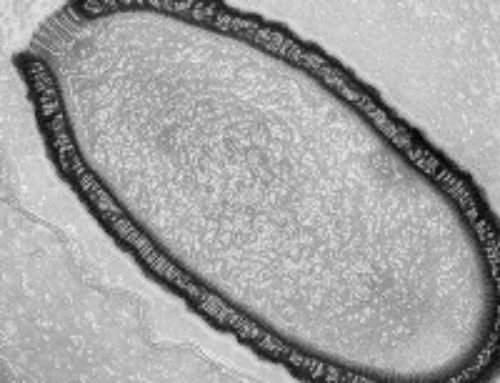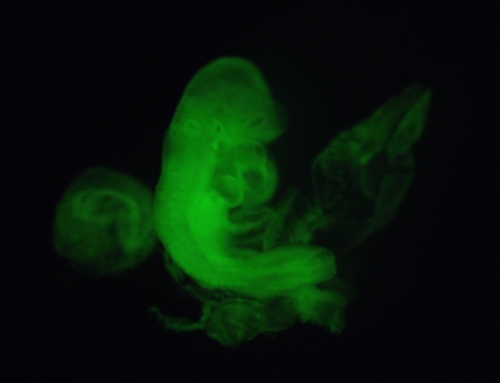A new molecule to curb persistent bacterial infections
The discovery of penicillin as an antibiotic for treating bacterial infections, during World War II, was a hallmark in the history of drug development. However, very soon scientists stumbled upon the phenomenon of bacterial drug resistance, which to date is an unresolved issue for the pharmaceutical industry. In addition, there is a constant and, perhaps, greater struggle dealing with chronic and relapsing infections- the result of dormant bacterial cells that are not killed by drugs. However, there’s good news! A recent discovery, made by B.P. Conlon and colleagues from Northeastern University in Boston, identified a molecule that targets and kills these dormant bacterial cells, which would feed into designing more powerful drugs of the future!
Why is it important?
This finding is important and promising for the development of antibiotics against chronic infections. The general idea is to generate compounds that target the basic cellular machinery of bacteria important for their own survival, such as the protein degradation pathway. This paves way to combat bacterial infections by reducing their virulence or the capacity to cause infection, along with destroying the dormant bacterial cells called persister cells.
Technical Mumbo-Jumbo!
Persister bacterial cells are long known culprits of chronic and relapsing infections. The research article ‘Activated ClpP kills persisters and eradicates a chronic biofilm infection’ published in Nature by Conlon et al., (2013) identifies acyldepsipeptides (ADEPs) as potent antibiotics that induce cell death of the non-dividing persister cells. So what are persister cells? There is now strong evidence that a bacterial population consists of actively diving cells and a small percentage of slow-growing or hibernating bacterial cells called persisters. Persisters are genetically identical to, but phenotypically different from, the rest of the population. This phenotypic heterogeneity renders persisters tolerant to antibiotics. Conlon et al., (2013) observed that the entire colony of Staphylococcus aureus including the persister cells was eradicated upon application of low concentration of ADEP4 antibiotic. The underlying mechanism of the ADEP4 attack includes activation of the protease Clp in persister cells induced by binding of ADEP4 to the protease subunit ClpP. This ‘hyper activates’ the protein degradation machinery of bacteria regardless of their growth rate (active or dormant), destroying their vital cellular proteins, and leading to cell death.
Reference:




